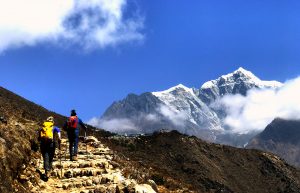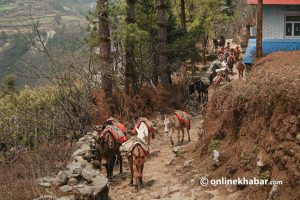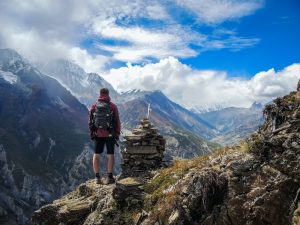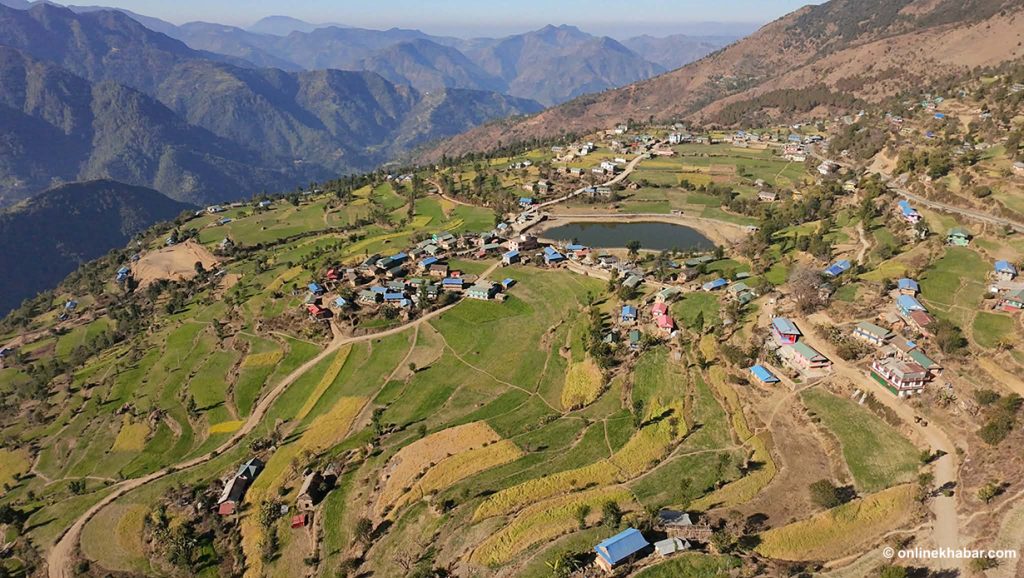The Everest base camp trek is a trek every trekker dreams of doing at one point in his life. But, as iconic as the base camp is, it is not that great as you do not even see Everest from the base of it. For sure, you do get to see a lot of tall mountains like Pumori and Nuptse from the base camp, but there are a lot of other places in the region that deserve a visit.
These detours not only offer great views but also show you the other side of the Everest region and get you away from the crowd.
1. Thame

As Thame in the Everest region is home to all the legendary mountaineers like Tenzing Norgay, Apa Sherpa and Kami Rita Sherpa, you have to visit this Sherpa village that sits beneath the Kongde Peak. Roughly six hours walk from Namche Bazar, the village shows tourists the real essence of Khumbu. The trail winds through the countryside that is nice and quiet almost any time of the year. The Thame Gompa is a must-visit landmark in the village along with Sandar Peak which offers some great panoramic views of the surrounding regions. If you are looking for an adventure, the trail from Thame deviates to the west to Tesi Lapcha pass (5,755 m) and onto the Rolwaling valley.
2. Kongde
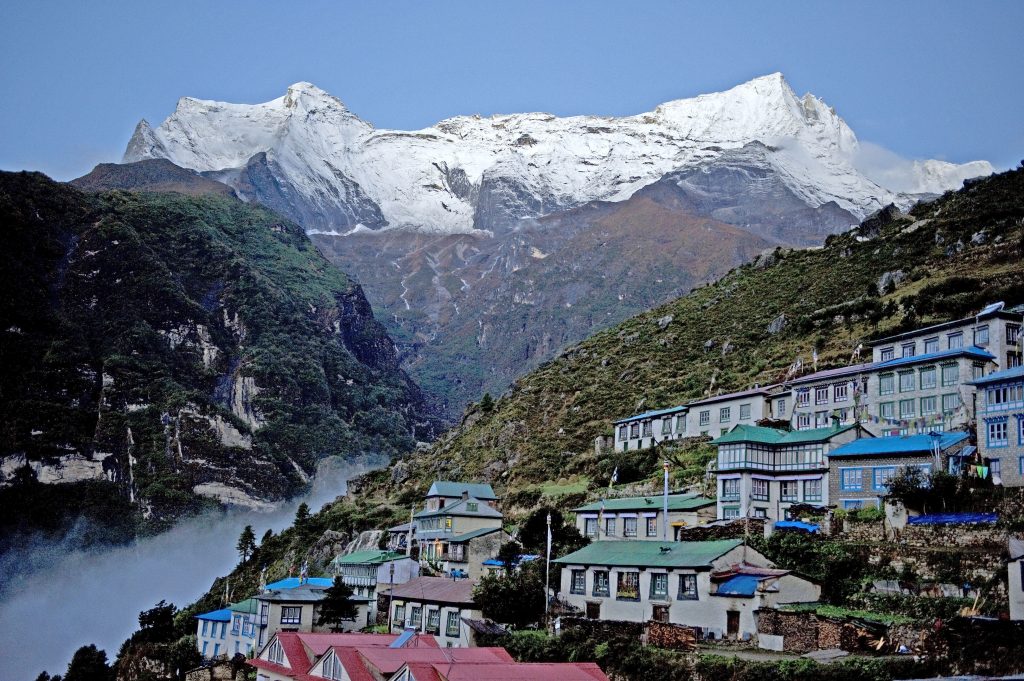
Kongde is one of the most underrated places in the Khumbu/Everest region. You can see almost all the mountains in the region from this small village at 4,200 m.
The trek to Kongde is not easy. There are two ways you can get there. The first option is from Jorsalle, and the second is from Thame. It is recommended that you take the route from Thame as it is more practical as you will be acclimatised by then. The highlight of Konde is the Farak Ri that will offer you a bird’s eye view of the Khumbu valley and a view of 8000m peaks like Everest, Lhotse Makalu and Cho Oyu. A further climb from Konde is a beautiful turquoise lake that you should not miss out on. If you have the funds, Konde also has a high-end lodge owned by the Yeti Group.
3. Phortse
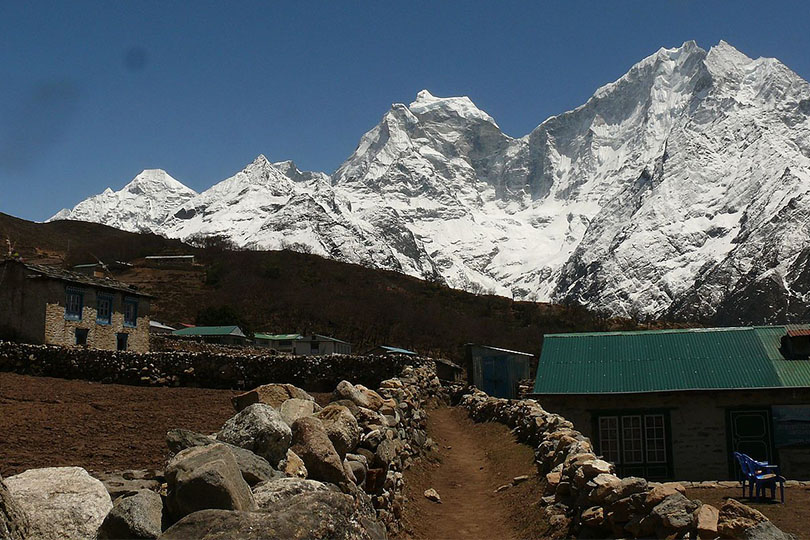
Despite there being a trail that leads to the EBC, people hardly go to Phortse which is another quiet Sherpa village on the trail. Like Thame, Phortse is also home to a lot of mountaineers. The trail from Namche to Phortse is quite nice and not strenuous at all. This is a recommended trail even if you are going to the EBC as it takes you away from the crowd. Once there, make sure you go to Luri Peak (5,200 m) which is quite a climb from the village. But, the view from there is simply breathtaking. But, getting there is a bit tough so it is recommended that you take a local along. Apart from that, Phortse is also home to the Khumbu Climbing Center that has a Jon Johnston Mountaineering Library which is a haven for those who are climbing nerds. The trail that goes to Pangboche from Phortse is also quite amazing as the narrow trail winds up and down with Tengboche and Thamserku to your right. Maybe, the best walking section of the Everest trek…
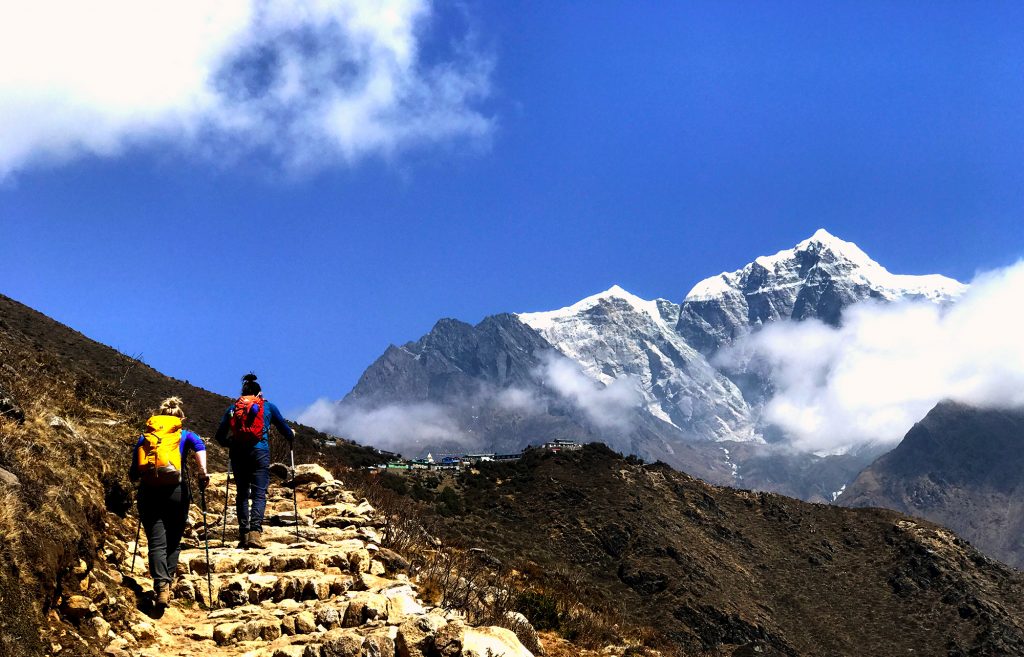
4. Ama Dablam BC
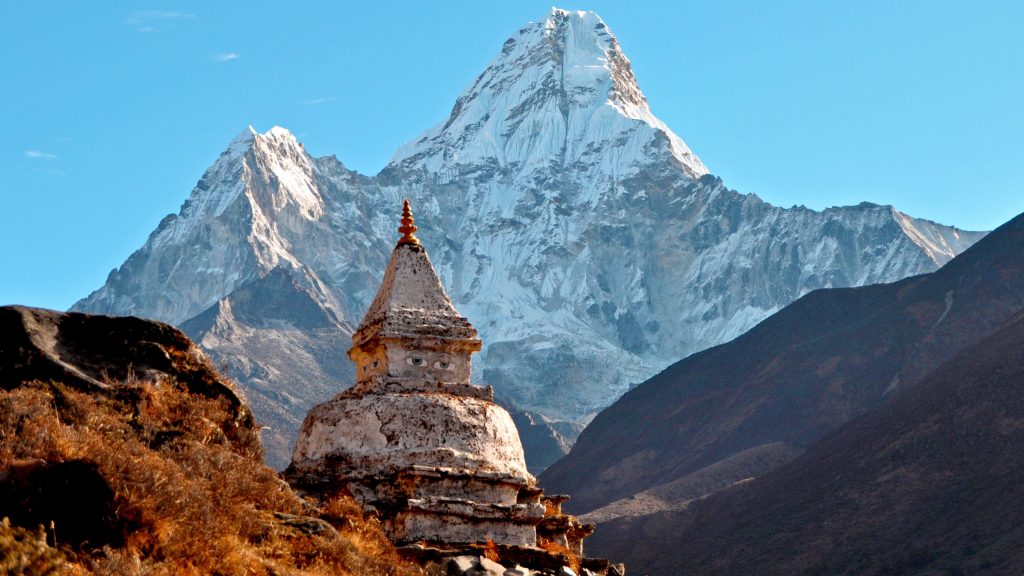
Ama Dablam base camp is another section that people hardly take. A walk from Tengboche, for a day or two, takes you to the base of the Matterhorn of the Himalayas. If you are up for it, get some tents and camp at the base with mountaineers who will be climbing this gem of a mountain. The trail to Ama Dablam goes through the conifer forest where you see different types of Himalayan birds. The initial part of the trek is quite a climb, but gradually, the trail leads you above the tree line to yak pastures and contour around the ridge lines of Kantega.
5. Chola-Tsho
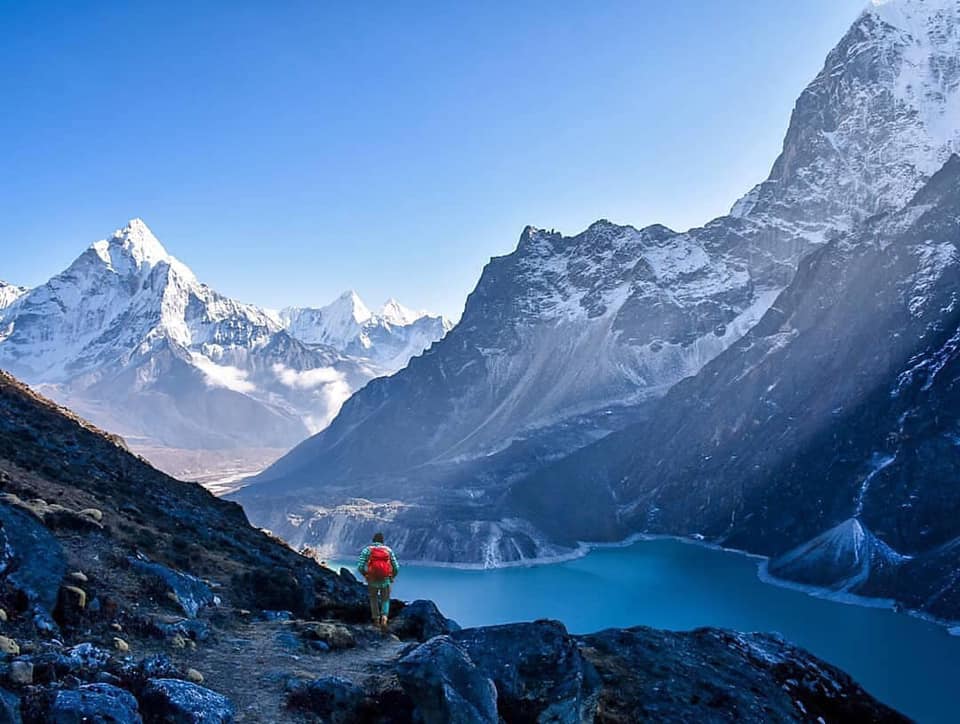
Chola-Tsho is a stunning alpine lake that sits beneath the Cholatse peak. Most trekkers who go to Gokyo via Cho-La must have seen it, but you have to get down to really enjoy this lake that is bigger than Gokyo Lake. The trail to Chola-Tsho is the same as the Cho-La, but you will have to take a downhill as soon as you see the lake from afar. As you will be all acclimatised by then, trust us, you will not be disappointed with the extra walking.
6. Gokyo
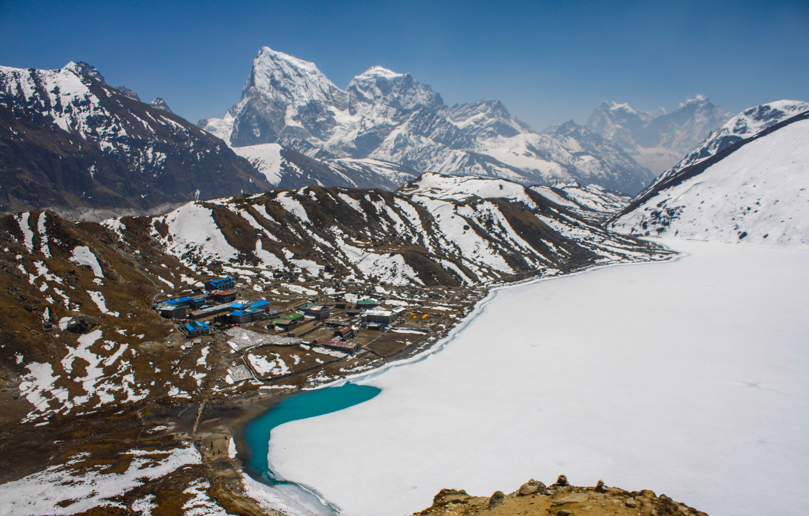
Gokyo is the crown jewel of the Everest region. Do not listen to anyone who thinks otherwise.
If you are planning to go to the Everest region, you have to go to Gokyo and enjoy this spectacular freshwater lake. The main lake, Gokyo-Cho is the main attraction but the other five lakes–Thonak Cho, Gyazumpa Cho, Tanjung Cho, Ngojumba Cho, and Kyajumba Cho–are also quite nice. If you are only going to Gokyo, make sure that you hike a bit up and see other lakes around. Locals say there are around 20 high-altitude lakes in the area along the Ngozumpa glacier, which is the largest glacier in Nepal.







